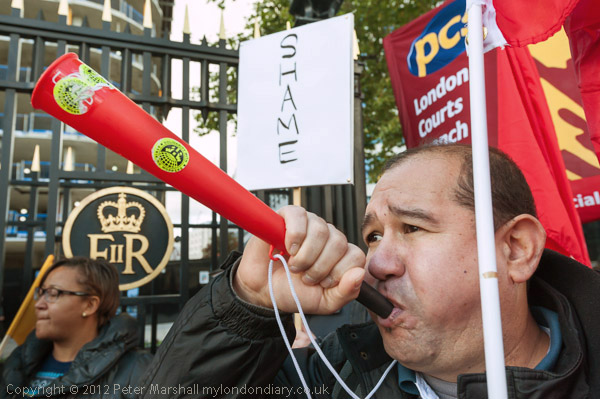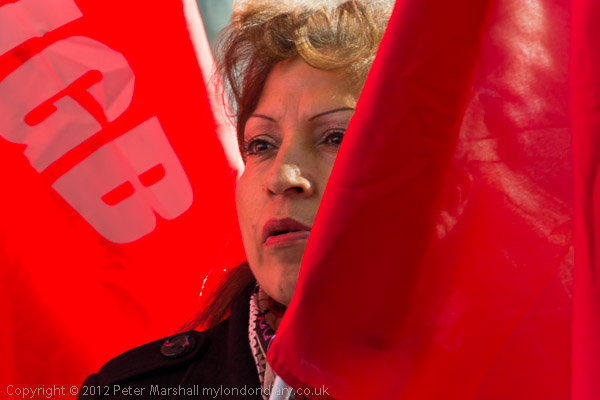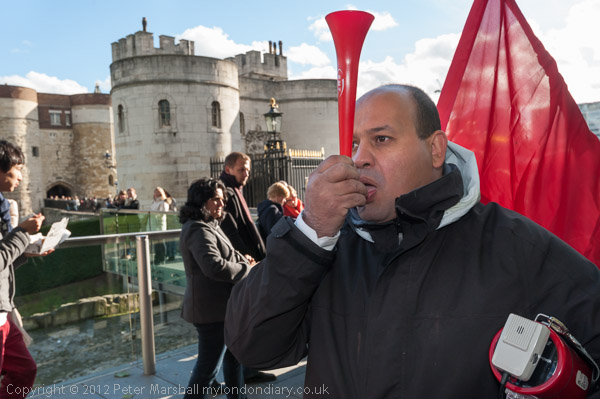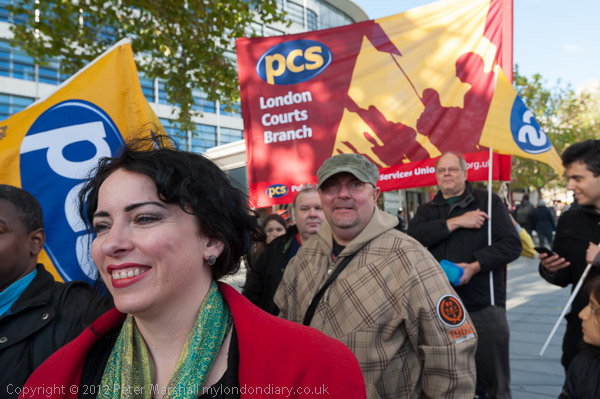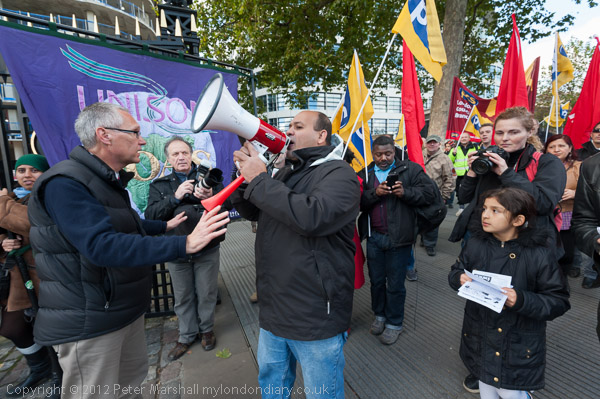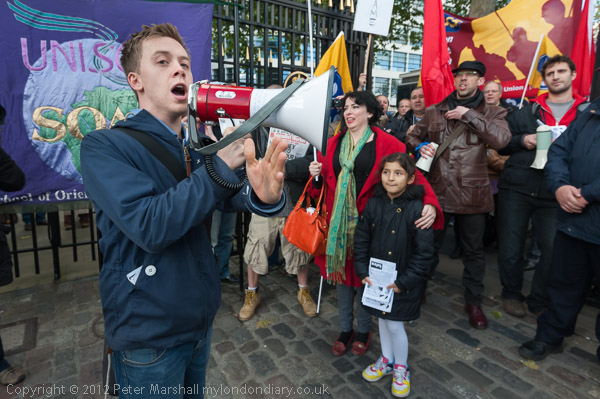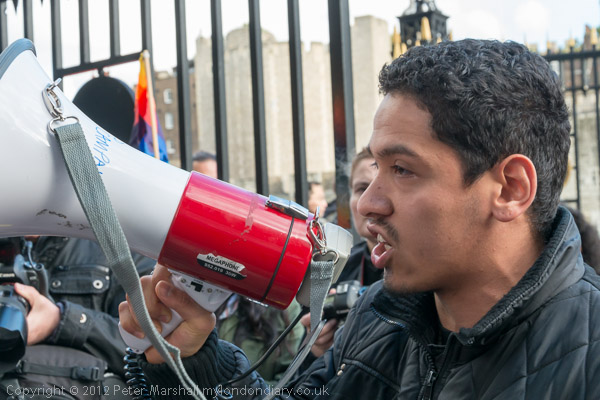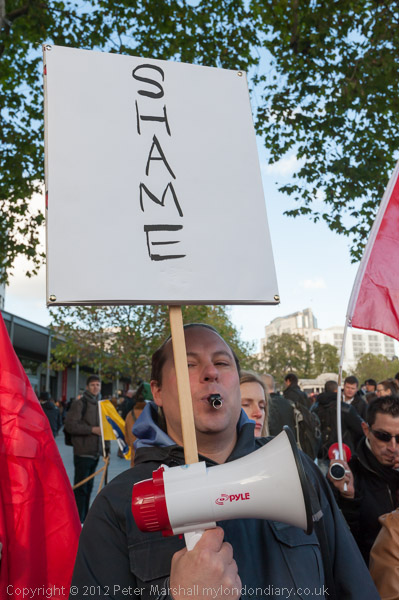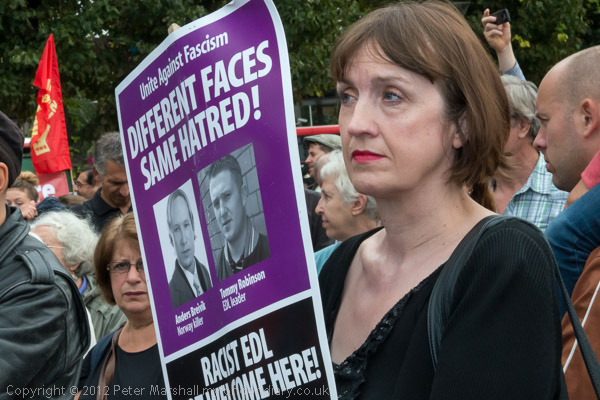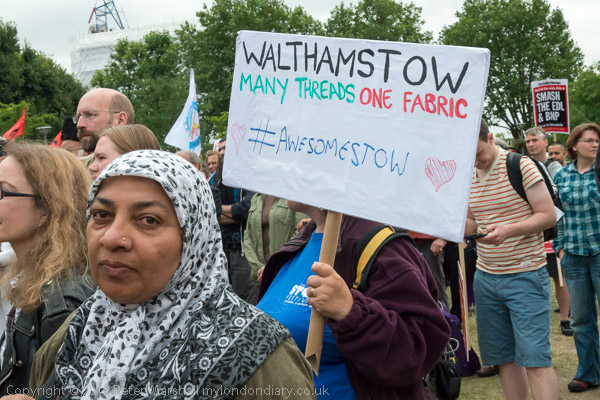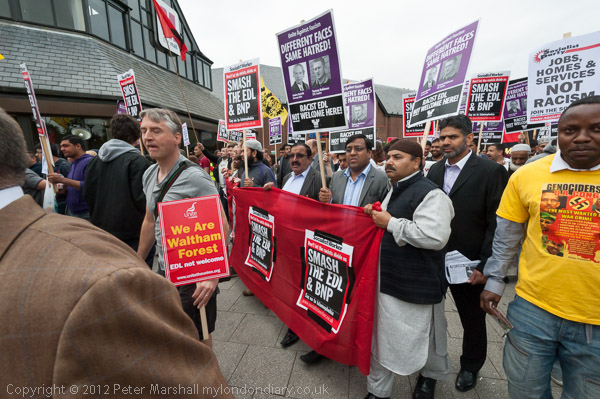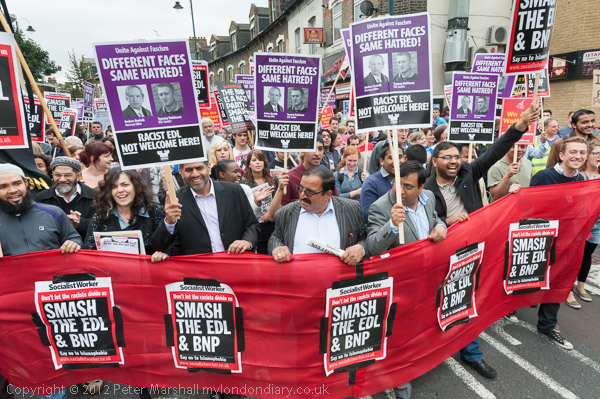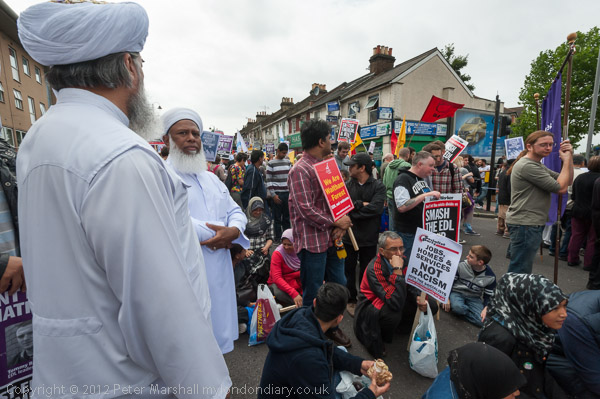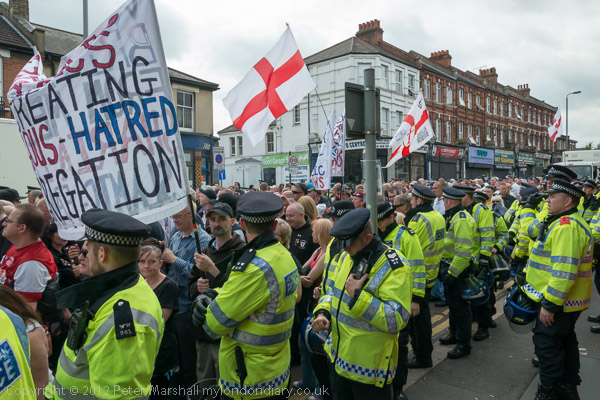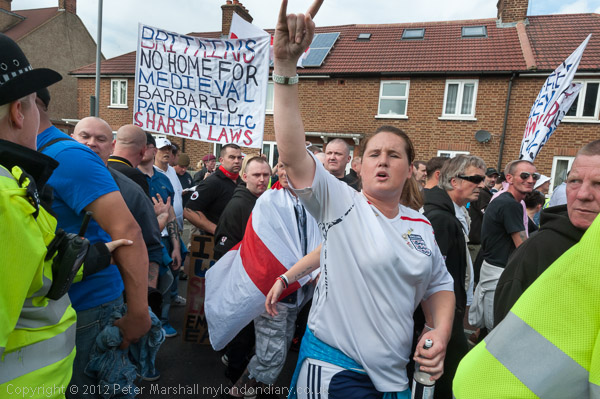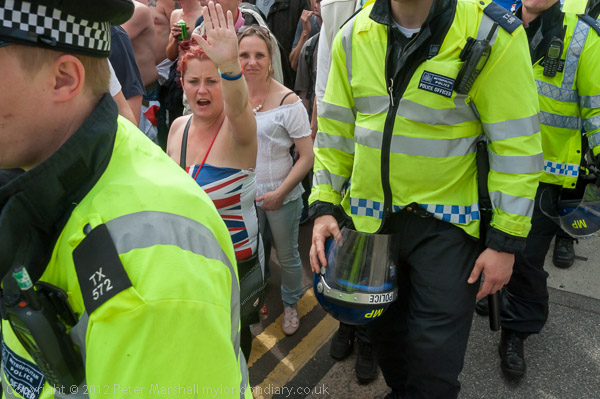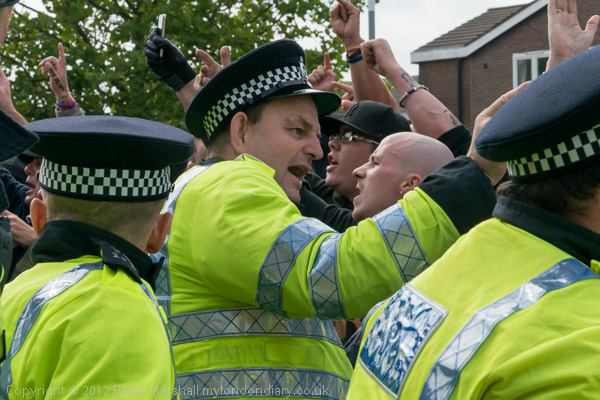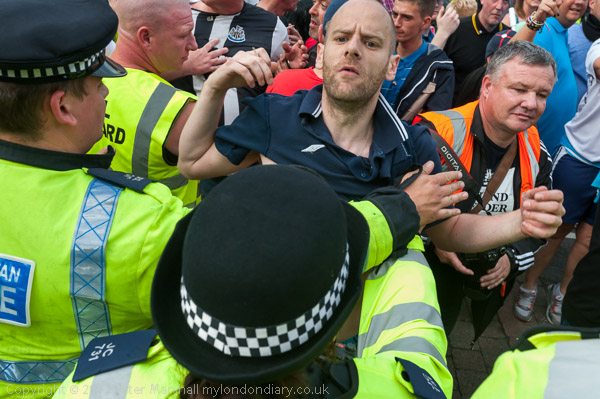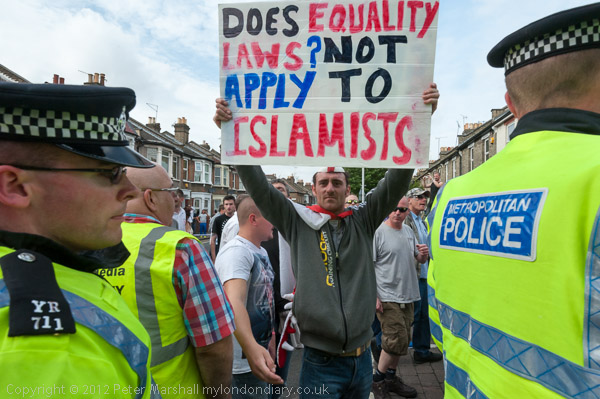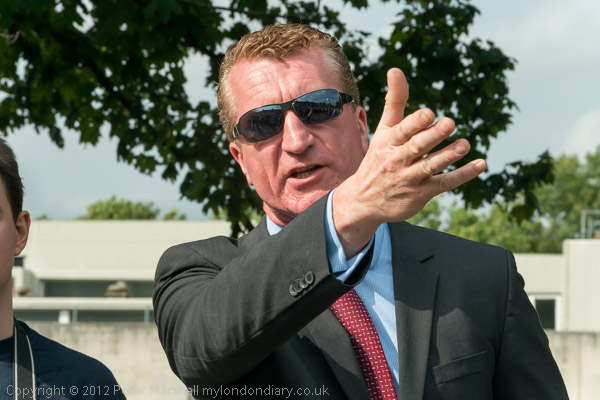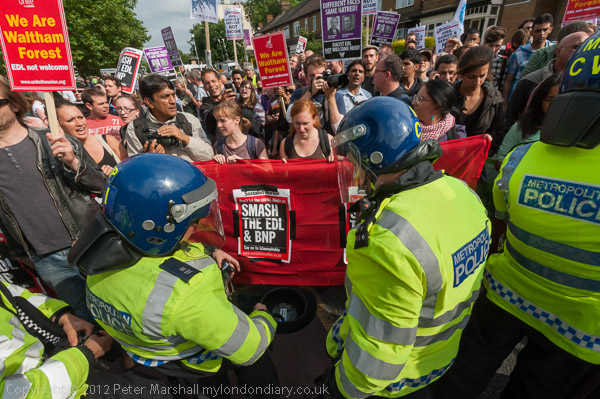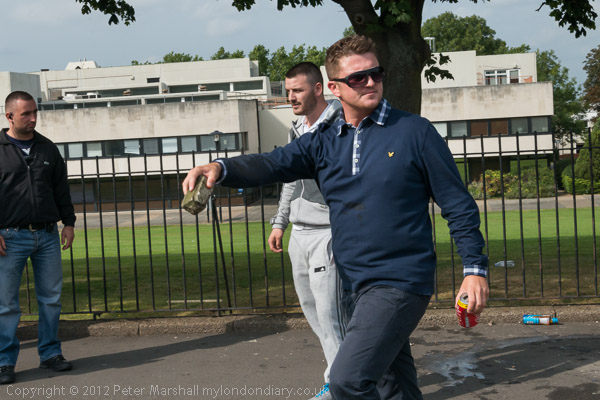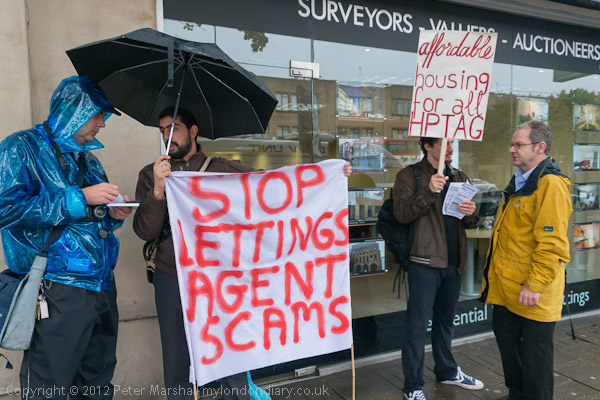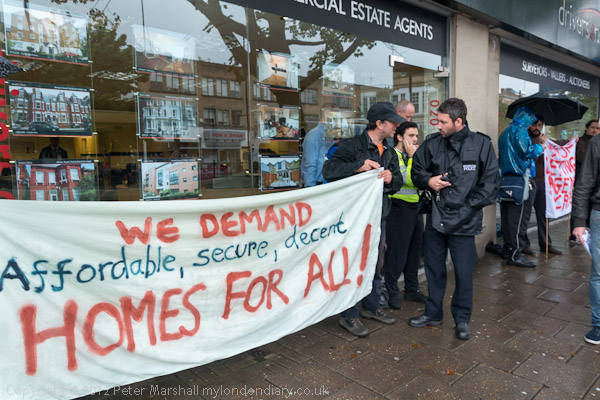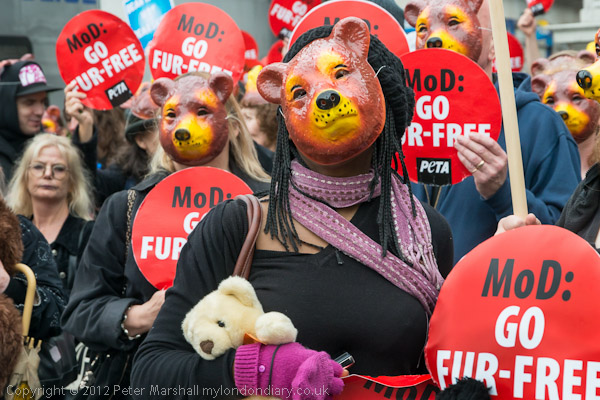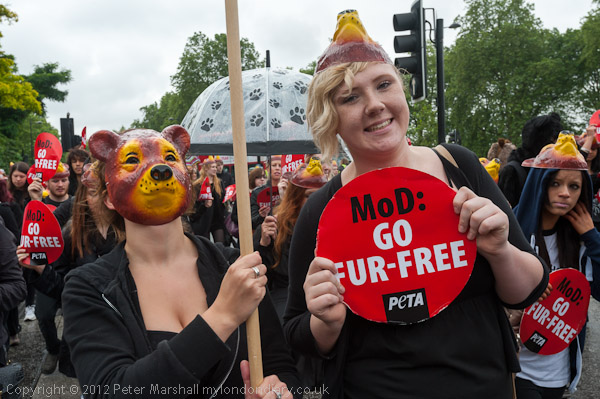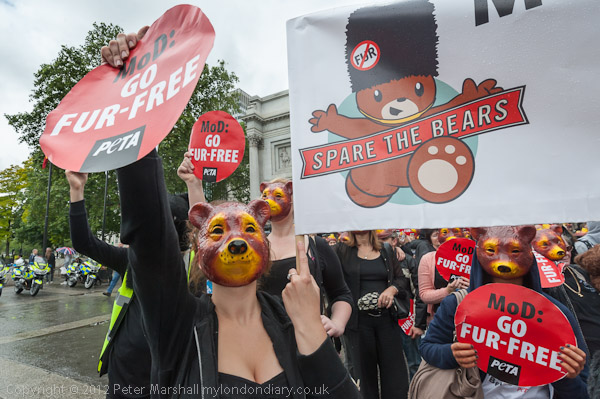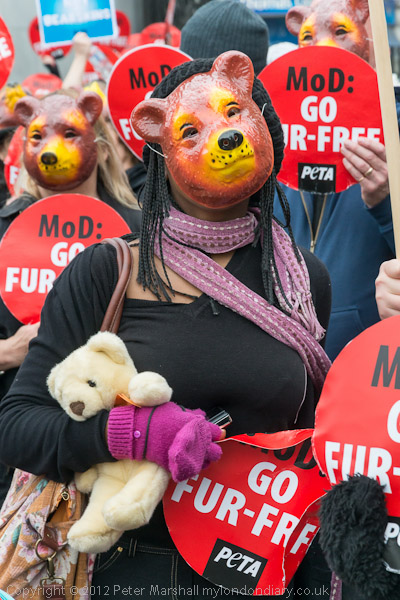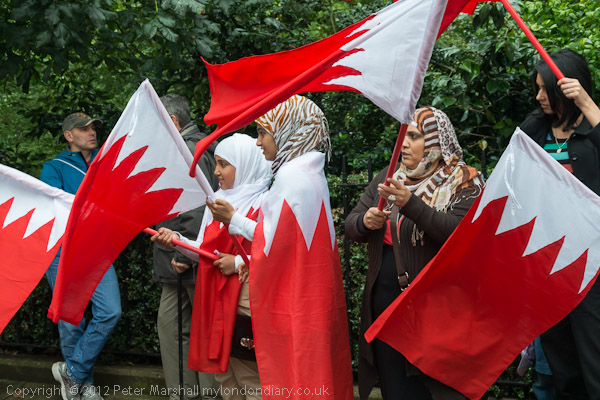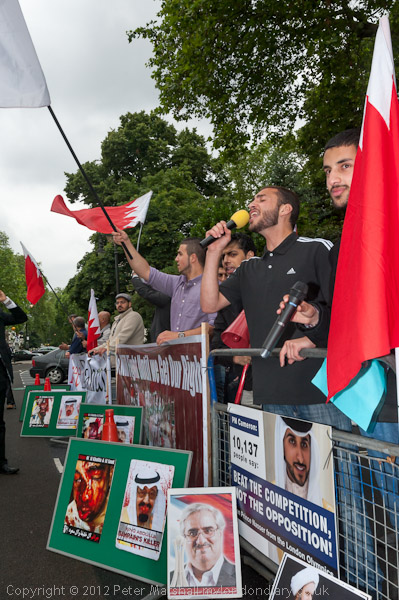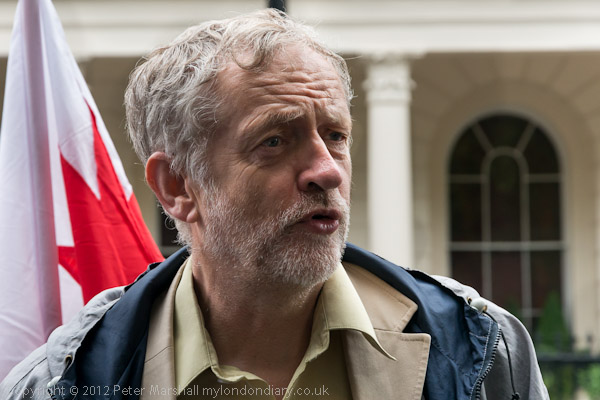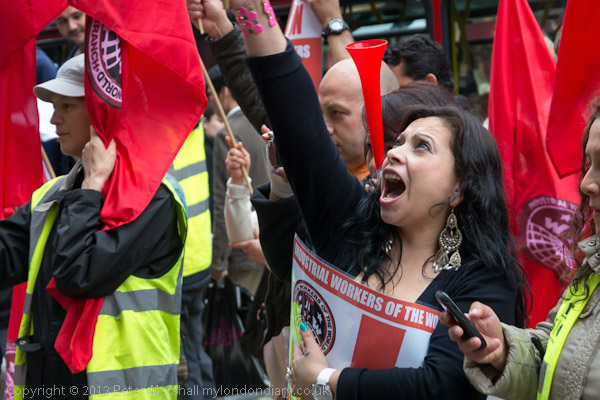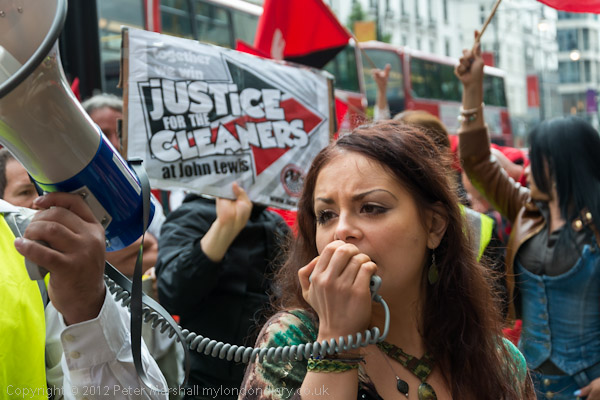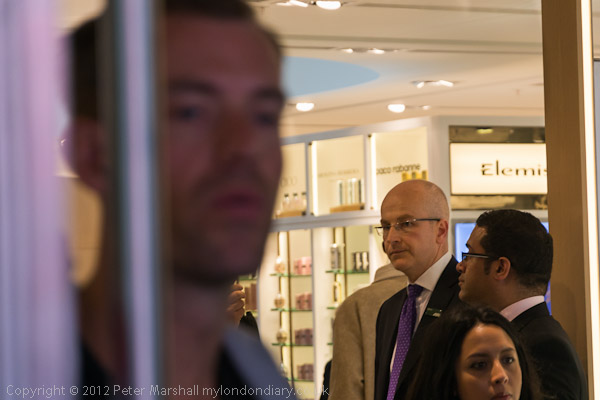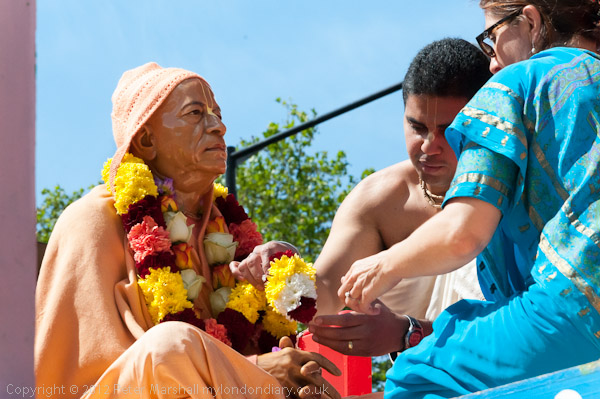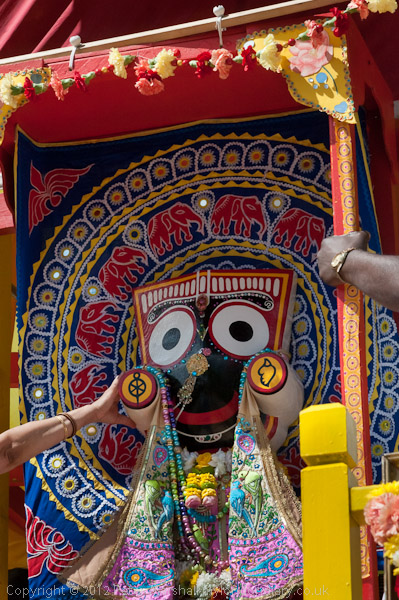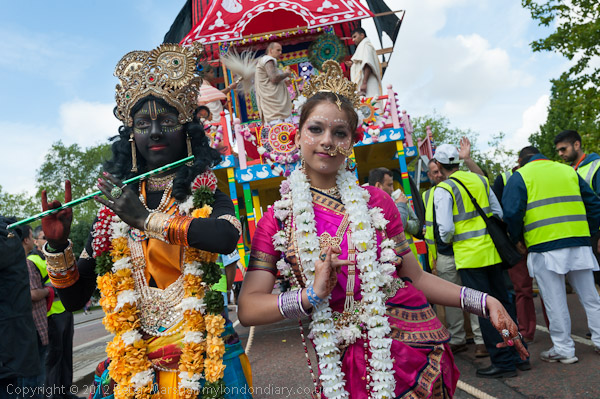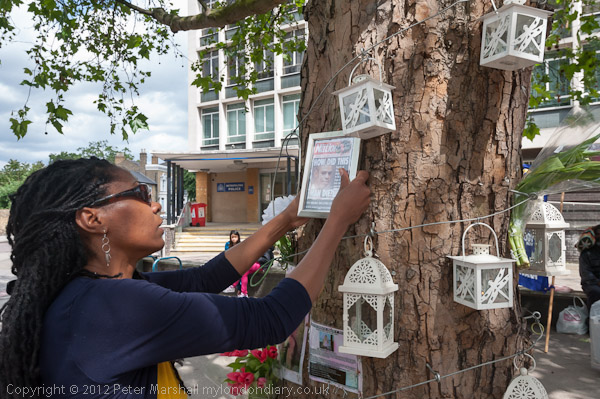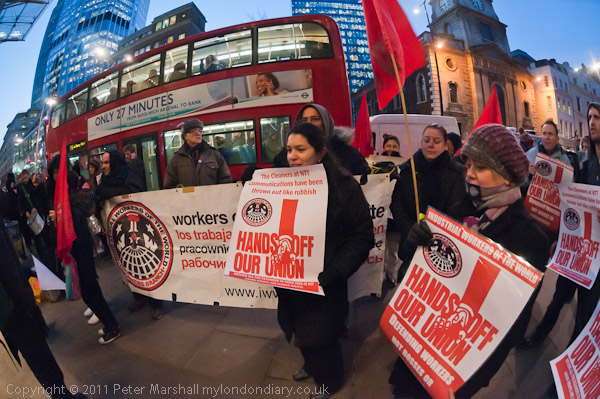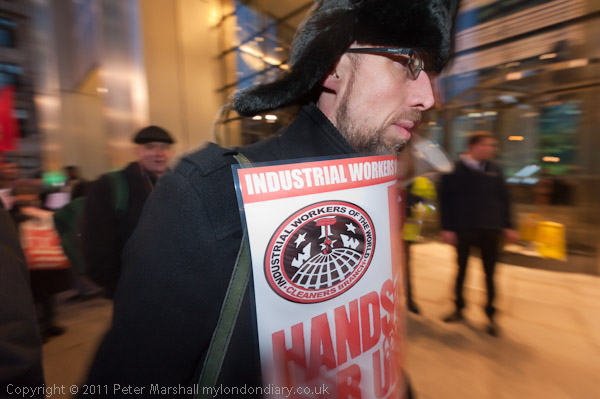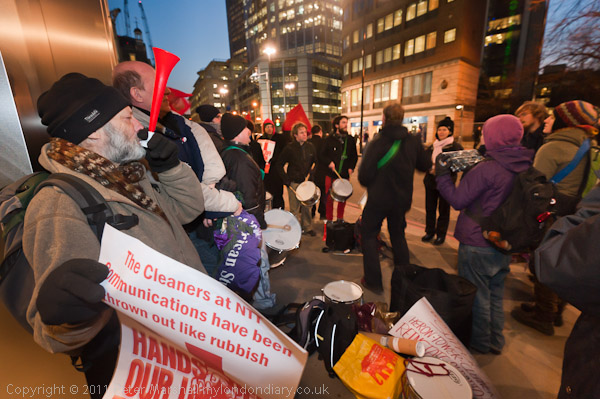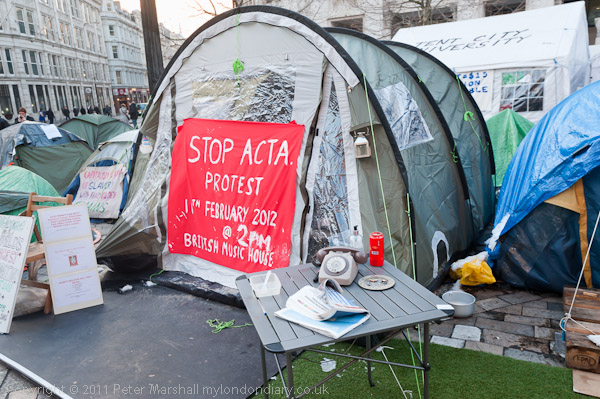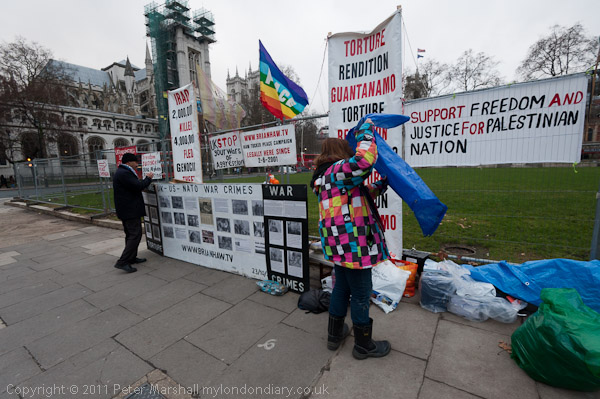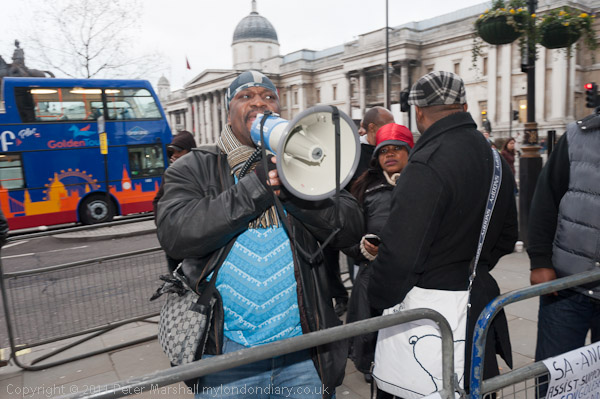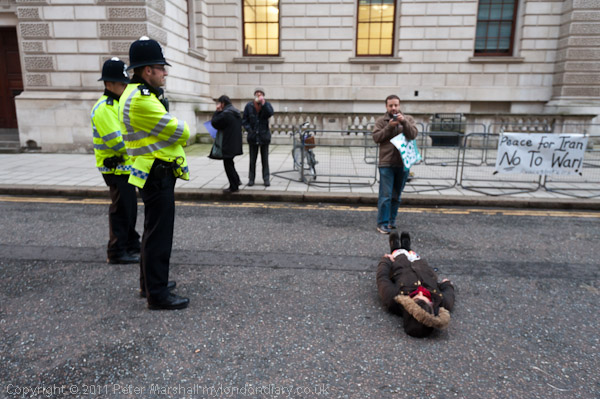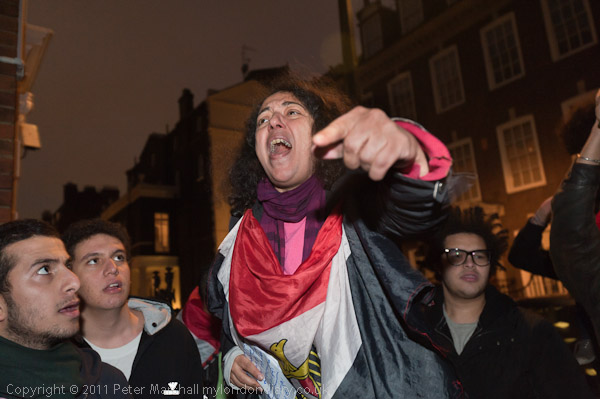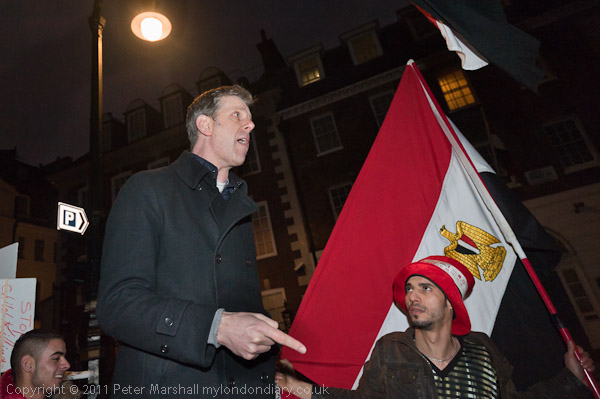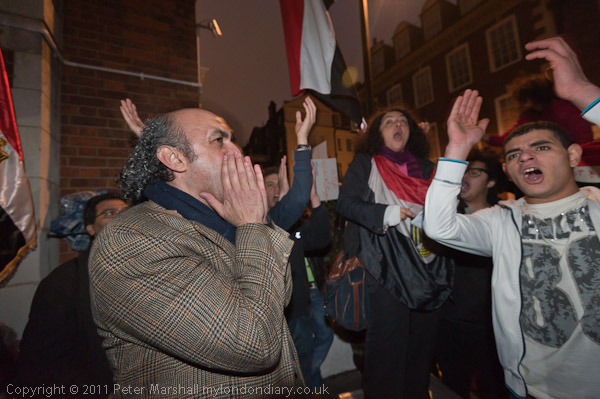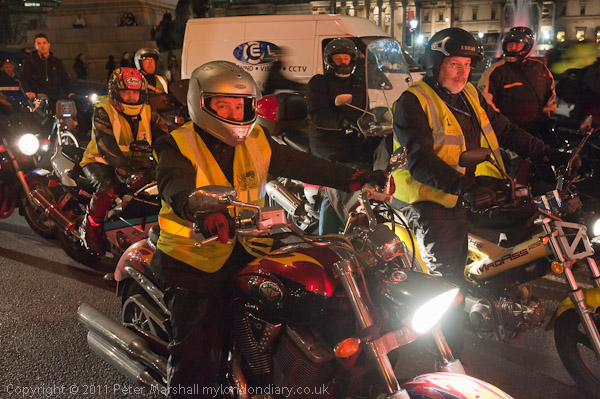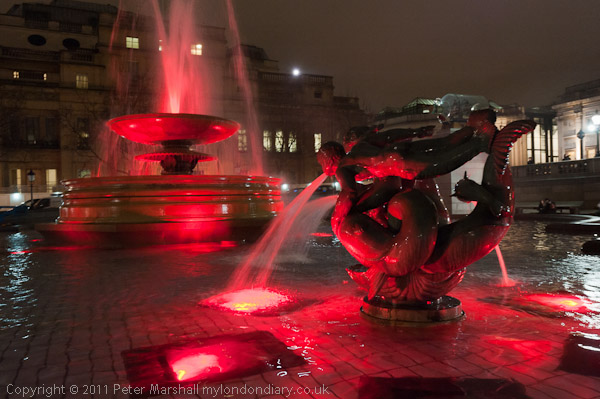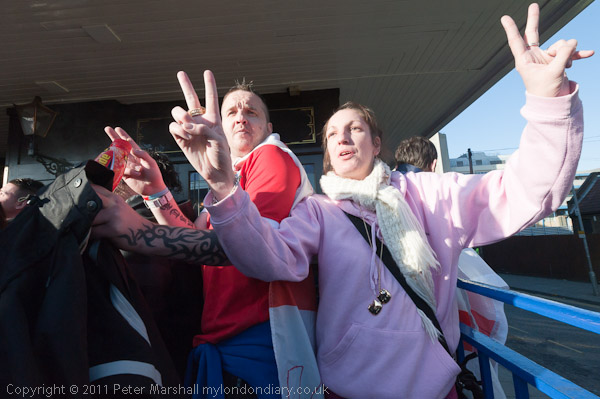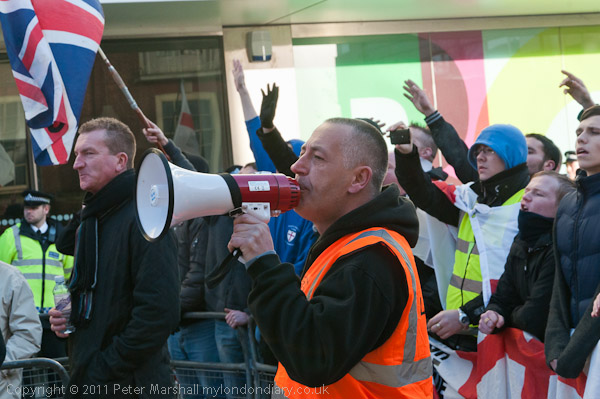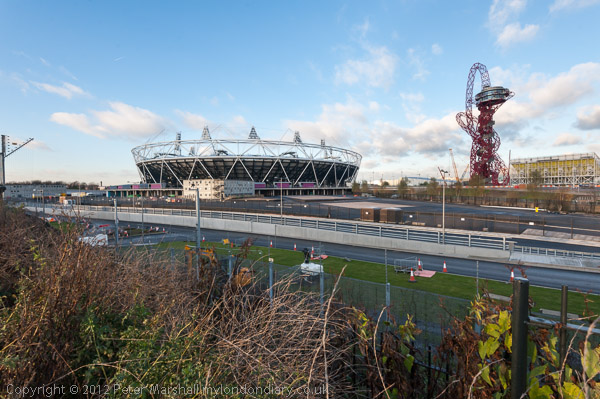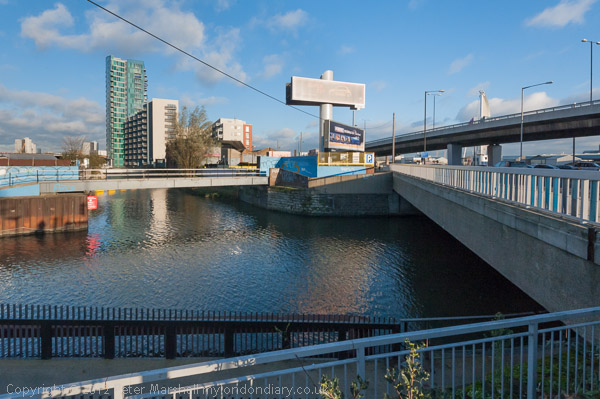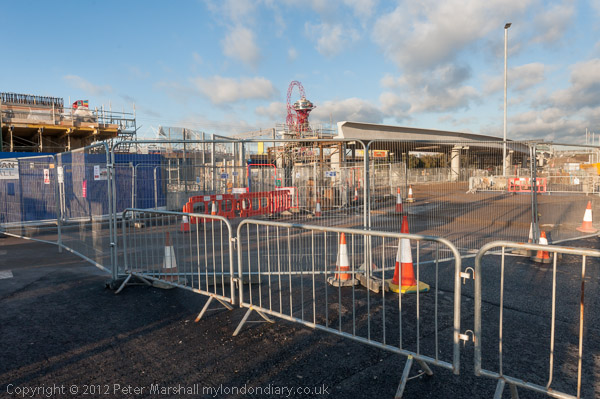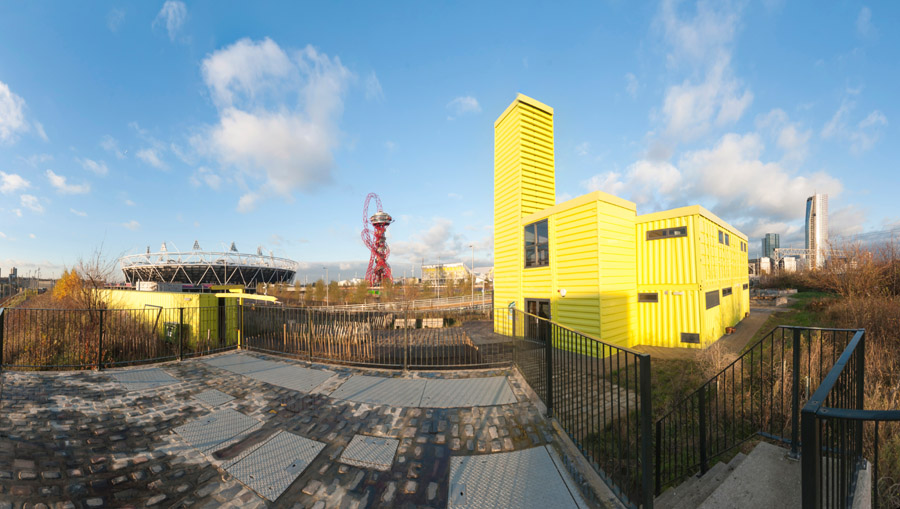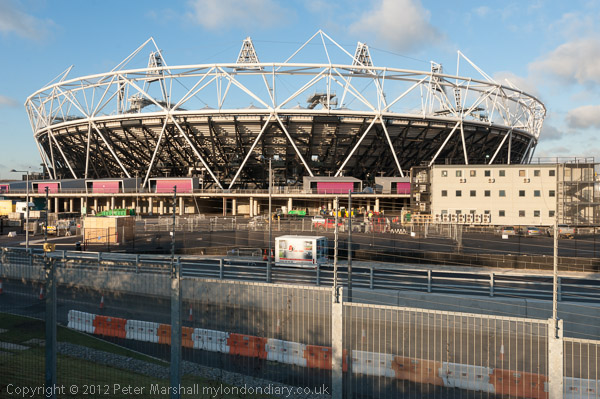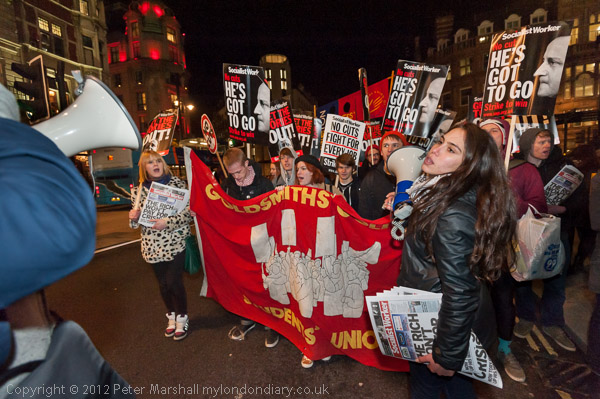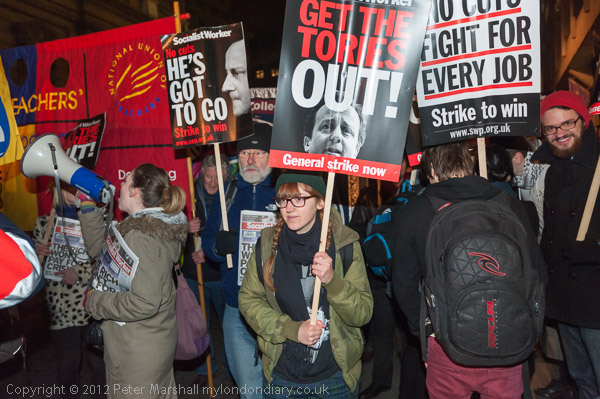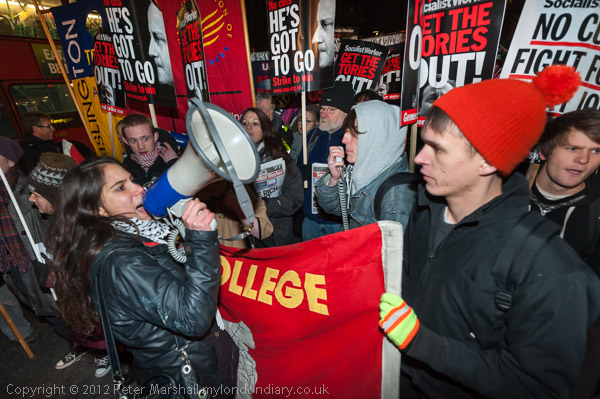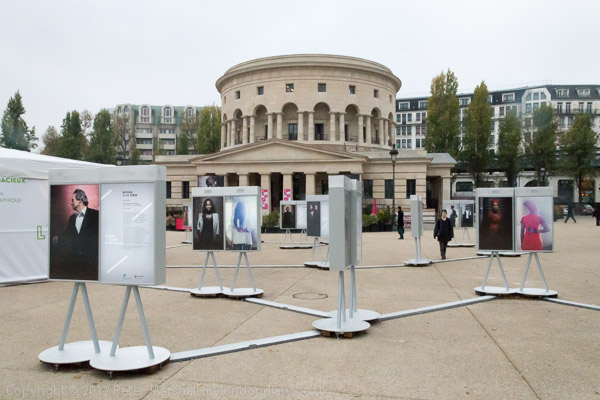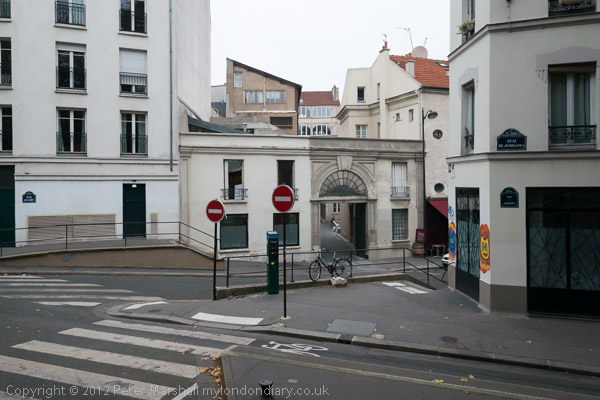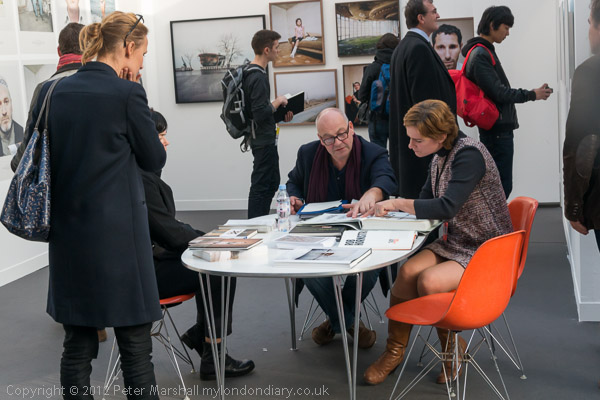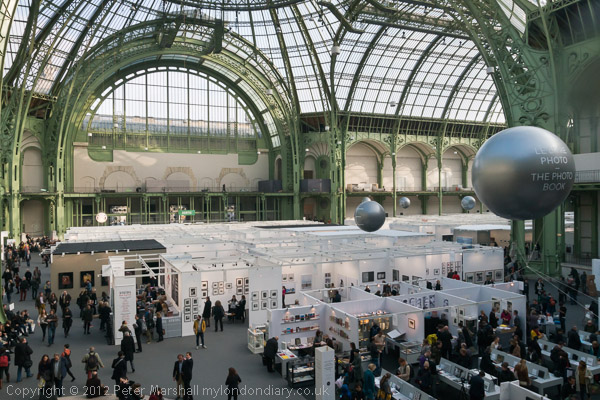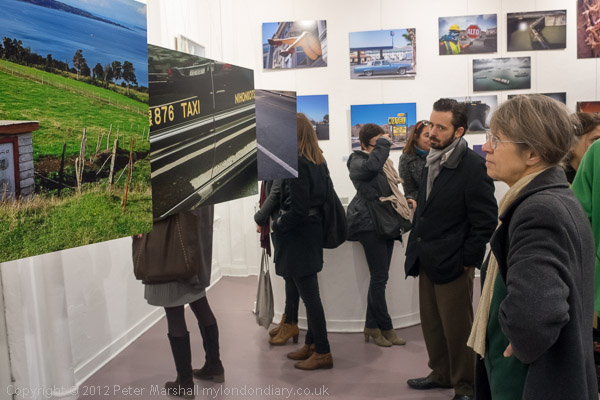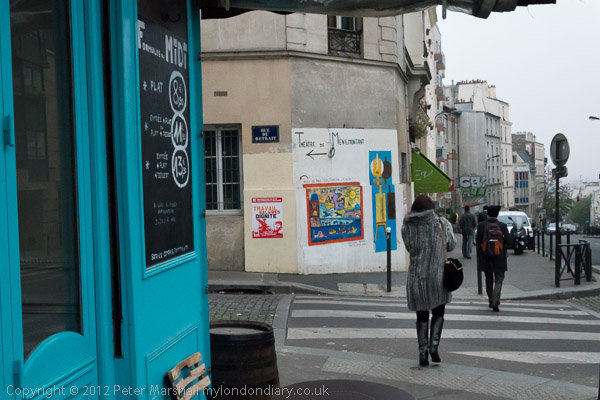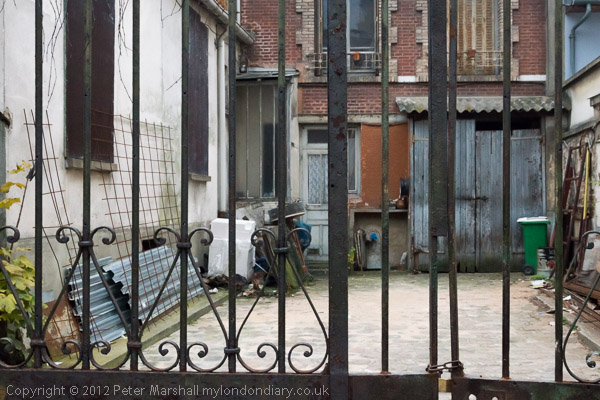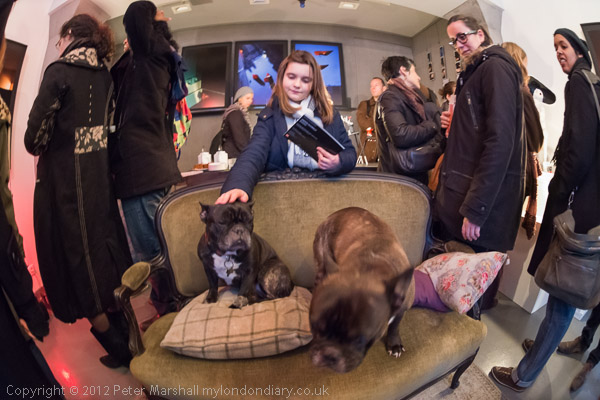Paris Photography: 2012 was my final visit to Paris to see Paris Photo and some of the other photographic events across the city. Although I enjoyed my time in Paris, I was finding the actual dealer-led Paris Photo show hard to endure – you can read more of my thoughts on it in Paris Photo – Photograph as Commodity.
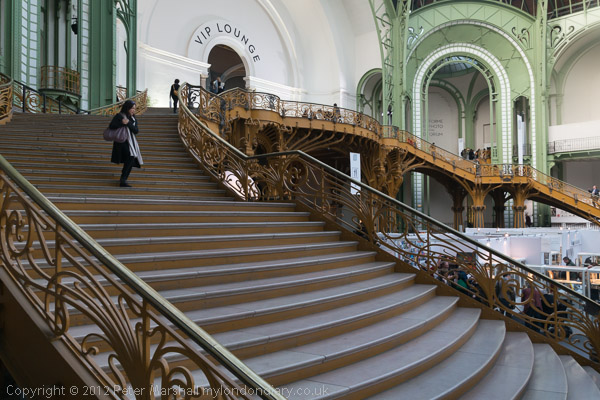
I’ve long thought that the art market has had a hugely negative impact on photography, a medium that – after the cul-de-sac of the Daguerreotype – has unlimited reproducibility at its centre. It really lives in print and on the web, in books and in prints that can be cheaply made and sold and not in expensive limited editions. Of course photographers need to live and some are benefitting hugely financially from photography being sold at high prices, but I feel it has resulted in the emphasis moving away for the core of photography.
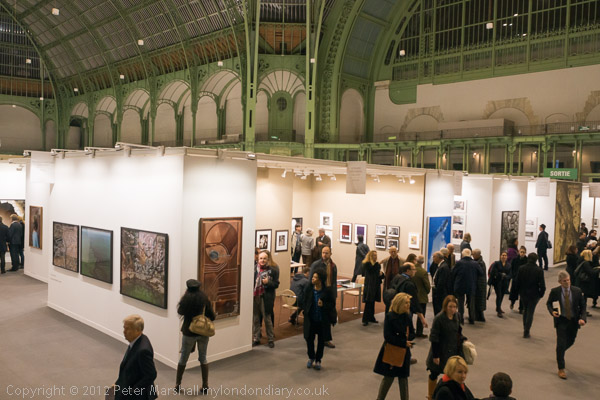
I’d hoped to blog from Paris, but poor internet connections from my hotel and elsewhere made that impossible – but I made copious notes at the many events I visited – some with Linda and others including Paris Photo itself on my own.
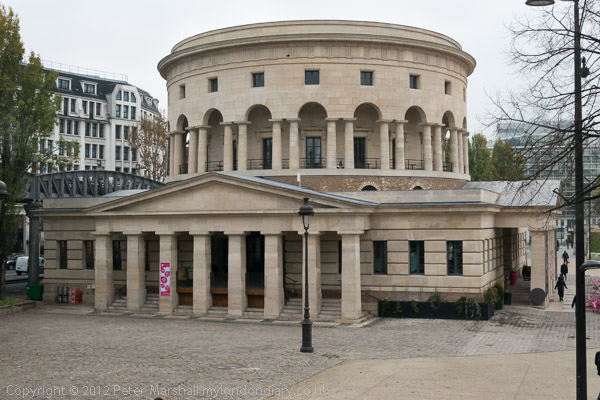
In the six days I think I visited over 80 shows in galleries large and small across the city making notes on all that I saw, and after I returned home wrote up and posted my ‘Paris Photomonth Diary – the links are in reverse order of the week:
PARIS PHOTOMONTH DIARY
Monday Blues
Sunday Afternoon
Sunday morning at the MEP
A Photo-Off Guided Tour
Saturday Morning
Paris at Night
Menilmontant
Friday Morning
More Photo-Off Openings
Thursday Afternoon
Thursday Morning
Paris Photo Wednesday pm
Wednesday Morning
Openings – Tuesday
Paris Photo – Photograph as Commodity
I also posted these here on >Re:PHOTO, along with a few of my pictures at intervals in November and December 2012 completing the set of articles with Paris 2012 Complete which also has the links above. I think the whole series gives a fairly good impression of a rather busy six days.
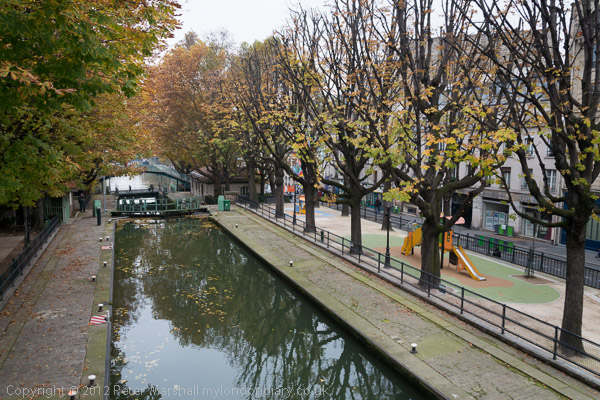
I was surprised reading them again today to find how much I had covered and they include some thoughts about the work I saw that I still find interesting. I won’t included the material here as you can just click on the links above to access it. So here I’ll just post a few of the pictures of Paris I took on one day, Thursday 15th November 2012.
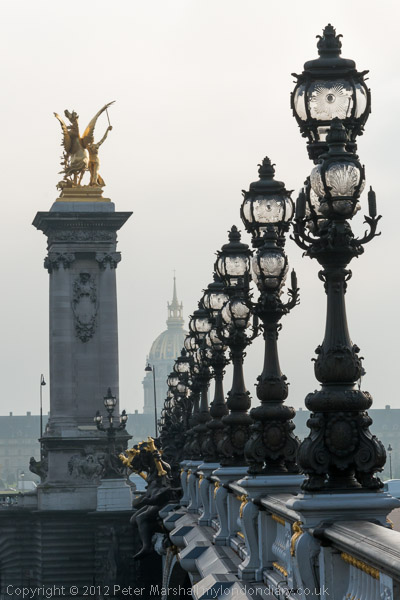
During the six days we also did quite a lot of walking round the city from show to show and sometimes just walking to enjoy the city, though we also bought a weekly season for the Metro – it seemed ridiculously cheap, only a little more than for a day in London.
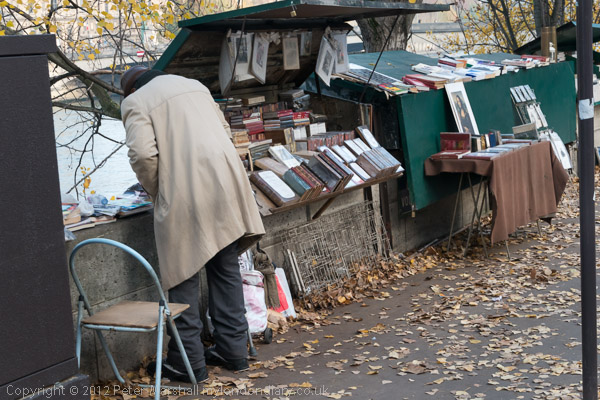

I was carrying a Nikon D800E DSLR, a full-frame camera but I used it in DX mode and several Nikon lenses including an 18-105mm zoom, 20mm and 10.5mm fisheye. I’d left my heavy wide-angle zoom back in England to keep my bag small and light.
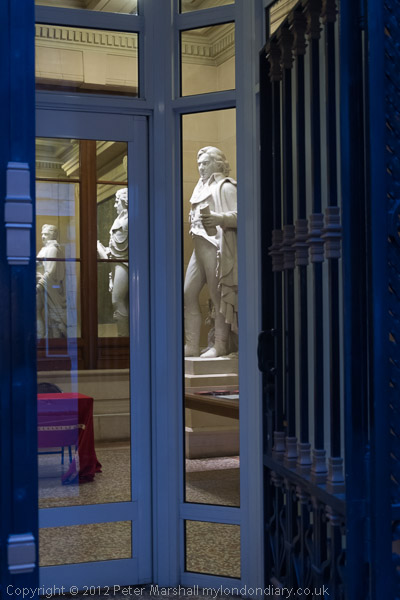
There are very few situations where a 7360 x 4912 pixel file is really needed and the only reason I had for moving to full-frame was for panoramic landscape images. For the rest of my work the 4,800×3200 pixel DX format was more than enough. There is no visible advantage until you make prints greater than A3 and even then the difference is hard to see. Nikon orginally said that DX was enough and they were right, but had to move to full-frame to keep up with the marketing.
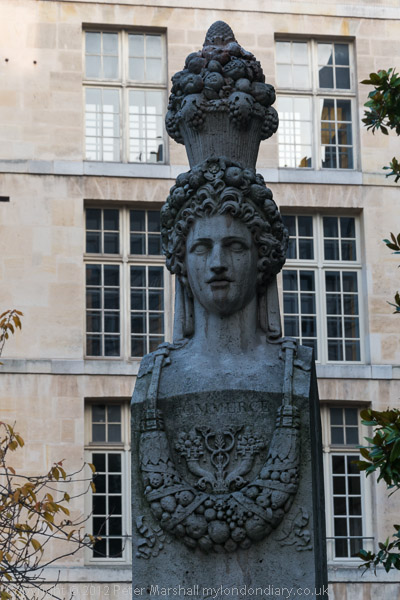
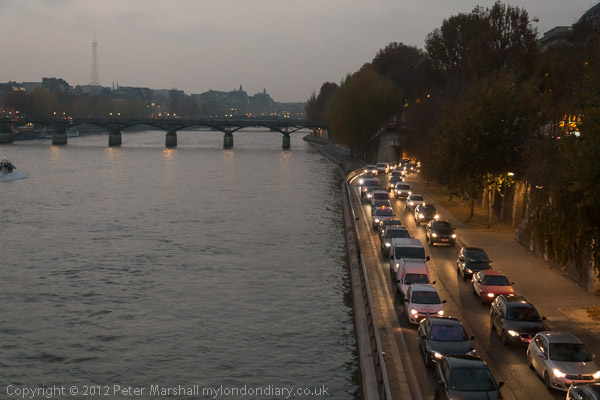
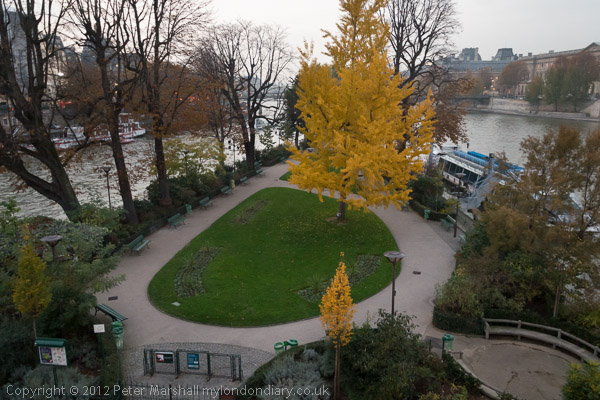
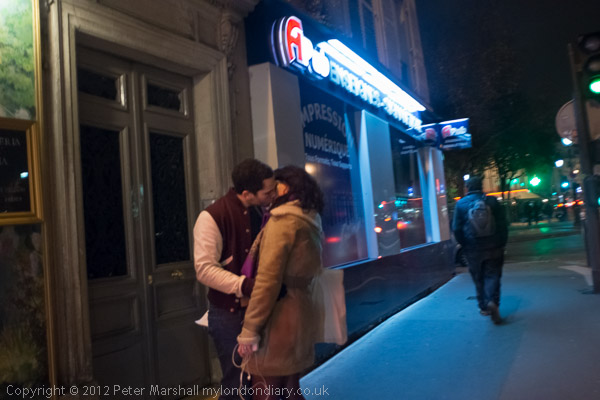
On My London Diary you can see more picture from Thursday 15th November 2012, including quite a few of the shows we visited – as well as pictures I took on other days. I think I probably did better later in the week when I didn’t spend so much time in Photo Paris.
Flickr – Facebook – My London Diary – Hull Photos – Lea Valley – Paris
London’s Industrial Heritage – London Photos
All photographs on this page are copyright © Peter Marshall.
Contact me to buy prints or licence to reproduce.
